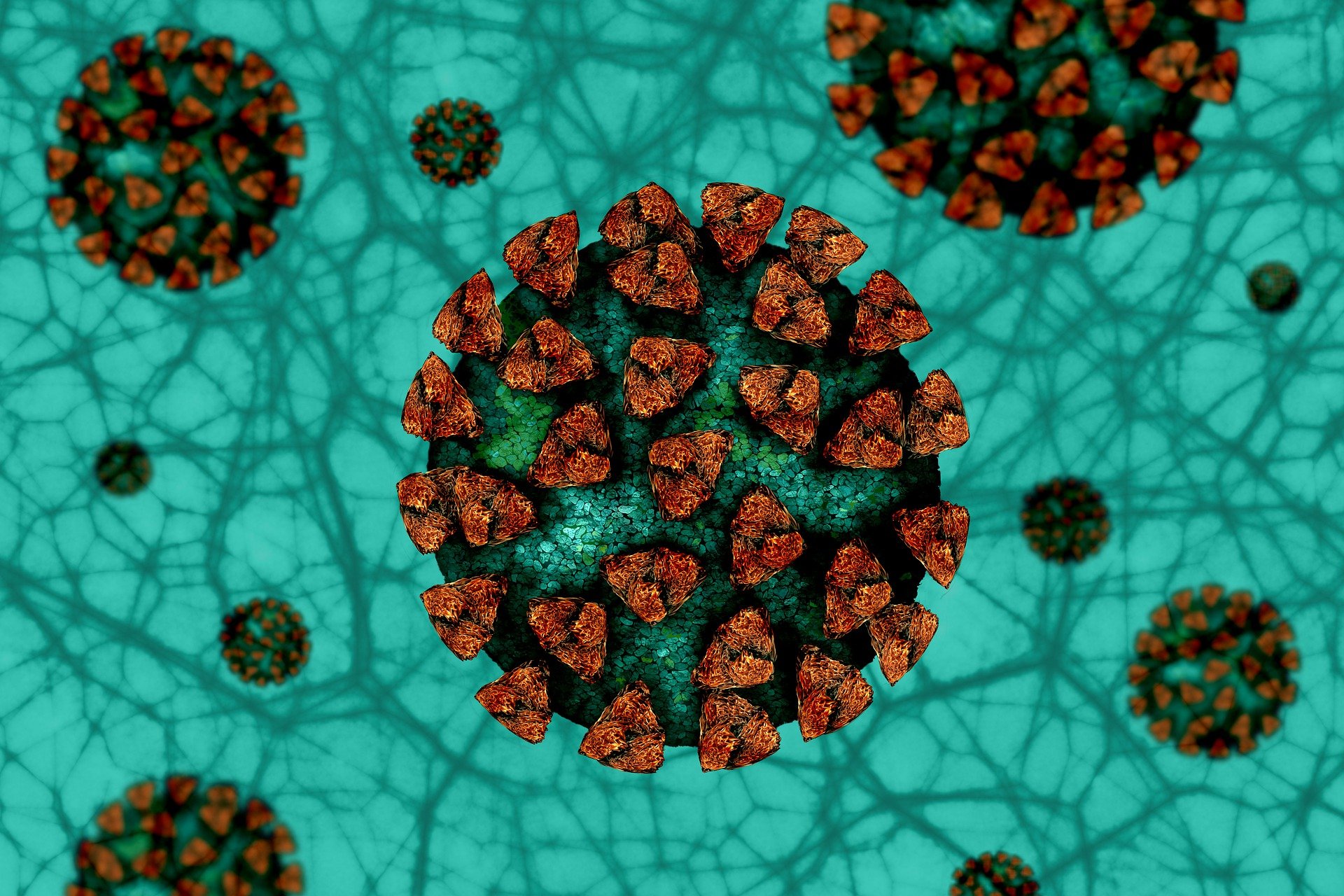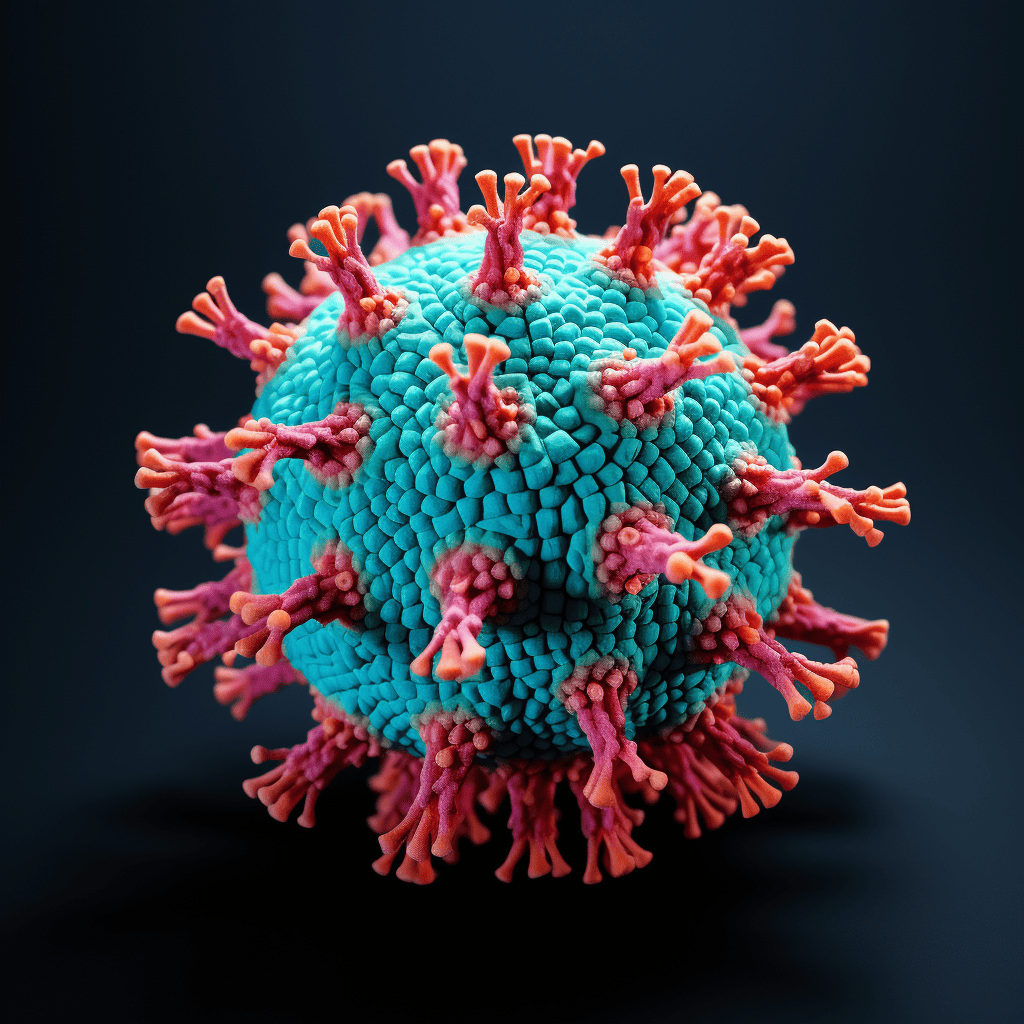
Various vaccines against the COVID-19 pathogen have been approved worldwide for a few weeks and are already being administered. However, there are some doubts as to whether these drugs are also effective against mutations. For example, all vaccines developed and approved so far are said to be ineffective against the mutation from Brazil.
Now, researchers may have found a new approach to kill the SARS-CoV-2 virus – including all current and possible future mutations: an enzyme present in all coronaviruses. This is the conclusion reached by a working group led by virologist Prof. John Ziebuhr of the Justus Liebig University of Giessen, Germany, in collaboration with scientists from the Philipps University of Marburg, Germany and from the Netherlands and Russia. They have “identified a potential target structure for new antiviral therapeutic approaches for COVID-19 diseases with an evolutionarily conserved enzyme activity,” the group announced in the renowned journal PNAS.
A protein domain called NiRAN
Coronaviruses have genetic material consisting of RNA, which is amplified by an RNA polymerase as part of replication (virus propagation). Polymerases are enzymes found in all living organisms and are important for replication. Unlike other viruses, the RNA polymerases of coronaviruses have an additional protein domain called NiRAN. This is found exclusively in viruses of the order Nidovirales, to which the coronaviruses also belong.
In their study, the research group has now been able to show that this additional domain is essential for viral replication. “It catalyzes a chemical modification called protein Nmylation,” the researchers explain. “In this process, the RNA polymerase interacts by means of its NiRAN domain with another protein of the viral replication-transcription complex, transferring a nucleoside monophosphate (NMP) derived from the splitting of a nucleoside triphosphate (NTP).”
A possible focus for development of new antiviral drugs
In their study, the scientists also explored the target molecule of this NMPylation: The NMP is transferred to a small viral RNA-binding protein called nsp9, they said. This enzymatic reaction occurs very specifically, they reported, and the amino acid residues involved are conserved among all known coronaviruses.
“Our data provide experimental evidence that both NiRAN activity and specific nsp9 NMPylation are essential for coronavirus replication,” Prof. Ziebuhr said. “The study provides an excellent basis for functional studies of other nidovirus NMPylation activities and offers a potential target for the development of new antiviral drugs.”







